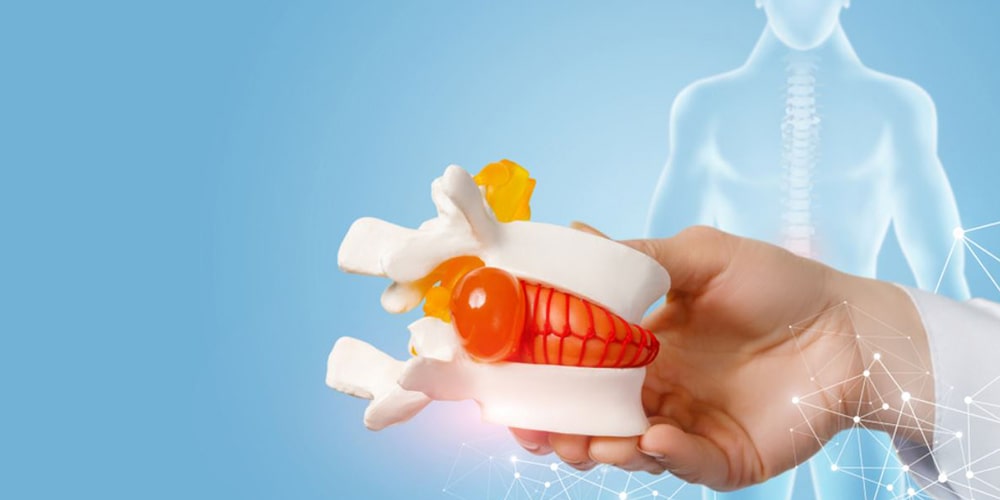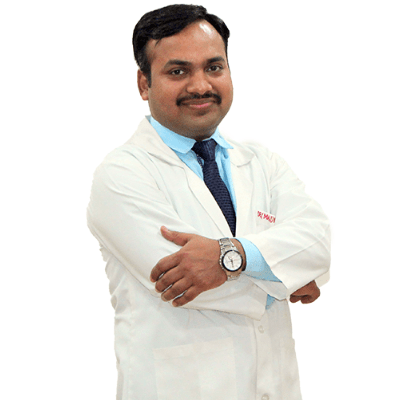
A hernia happens when fat, tissue, or part of an organ pushes through a weak spot or hole in the abdominal muscle or connective tissue. Depending on the type of hernia you have and how severe it is, the condition can range from slightly bothersome to life-threatening, according to Johns Hopkins Medicine.
In adults, hernias are most common in the groin or abdomen. When you have a hernia, you may see or feel a bulge in one of these areas. You may also experience pain that worsens during certain activities, such as when you lift something or stand for a long period of time.
You can develop a hernia all of a sudden after you bend, cough, laugh, or lift weights or heavy items. Alternatively, it can form over a period of weeks or months.
Most hernias are external, which means the tissue is pushing through the abdominal wall toward the outside of the body. This often creates a bulge that you can see. But a hernia can also be internal, which means that it remains inside the body (within the abdomen).
Signs and Symptoms of Hernia
- A lump or bulge that you can push back in, or that disappears when you lie down
- Swelling or bulge in your groin or scrotum (in men)
- Pain at the site of the bulge that increases
- Pain when you are lifting
- A bulge that increases in size over time
- A dull ache
- A sense of feeling full
- Learn More About Signs and Symptoms of a Hernia
Types of Hernias
There are several types of hernias. The most common types include:
- Inguinal hernia
This is the most common type of hernia. An inguinal hernia happens when tissue or part of your small intestine pushes into your groin or scrotum, causing a visible bulge. Inguinal hernias are much more common in men. You can be born with an inguinal hernia, or it can develop over time.
- Femoral hernia
A femoral hernia occurs when fatty tissue or part of the intestine pushes through the groin.
- Umbilical hernia
An umbilical hernia happens when fatty tissue or part of the intestine protrudes through the abdomen near your belly button. Umbilical hernias are most common in infants, especially those who are premature or have a low birth weight, but adults can get them, too. A protruding belly button or soft swelling or bulge near the navel are signs of an umbilical hernia.
- Hiatal hernia
A hiatal hernia occurs when part of the stomach pushes through an opening in the diaphragm and up into the chest cavity. Symptoms of a hiatal hernia may include heartburn, indigestion, having a hard time swallowing, frequently regurgitating food, and chest pain.
- Incisional hernia
An incisional hernia occurs when tissue pushes through a scar from an abdominal or pelvic operation.
Other Types of Hernias include:
- Epigastric hernia: Fatty tissue protrudes through the abdominal area between the navel and lower part of the sternum (breastbone).
- Spigelian hernia: The intestine pushes through the abdomen at the side of the abdominal muscle, below the navel.
- Diaphragmatic hernia: Organs in the abdomen move into the chest through an opening in the diaphragm.
Causes of hernia
Inguinal and femoral hernias are due to weakened muscles that may have been present since birth, or are associated with aging and repeated strains on the abdominal and groin areas. Such strain may come from physical exertion, obesity, pregnancy, frequent coughing, or straining on the toilet due to constipation.
Adults may get an umbilical hernia by straining the abdominal area, being overweight, having a long-lasting heavy cough or after giving birth.
The cause of hiatal hernias is not fully understood, but a weakening of the diaphragm with age or pressure on the abdomen could play a part.
Diagnosis of Hernia
It is usually possible to see or feel a bulge in the area where a hernia has occurred by physical exam. As part of a male’s typical physical exam for inguinal hernias, the doctor feels the area around the testicles and groin while the patient is asked to cough. In some cases, soft-tissue imaging like a CT scan will accurately diagnose the condition.
Make an appointment
Our Doctors
-
Dr. Sujoy Kr. Bhattacharjee
Joint Replacement -
Dr. (Maj.) Mukesh Garg
Orthopaedics & Arthroscopy -
Dr. Kamal Verma
Neuro Sciences


